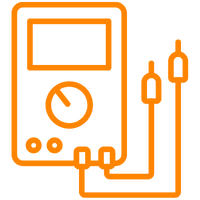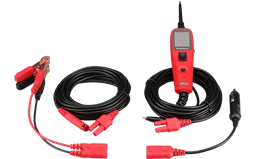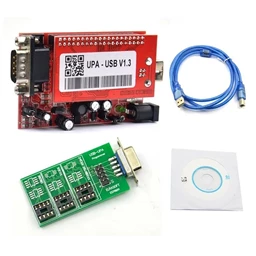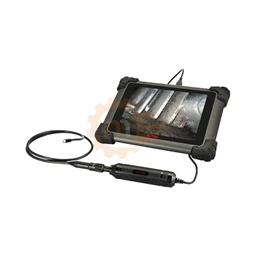The Basis for Safe and Clear Vision: Modern Headlight Systems and Control Modules Vehicle lighting systems, especially headlights, have a vital role in ensuring safety and a clear field of view during night driving and low visibility conditions. Today's cars are going beyond traditional halogen headlights and are equipped with headlight systems with advanced technologies such as Xenon (HID - High Intensity Discharge), LED (Light Emitting Diode) and even Laser. These modern headlight systems offer better lighting performance, longer life and adaptive features (such as AFS - Adaptive Headlight System, automatic height adjustment, cornering lighting). However, the proper functioning of these complex systems depends on special electronic units called the headlight control module (Headlight Control Module - HCM, Light Control Module - LCM or ballast for Xenon headlights), also known as the “headlight brain”. The headlight brain is responsible for regulating the power to the headlight lamps, ensuring the ignition of the Xenon lamps, and managing the complex driver circuits of the LED headlights. In addition, it also controls the movements and settings of the adaptive headlight systems. When this critical component fails, various problems may occur, such as the headlights not burning at all, flickering, discoloration, or adaptive features not working. This situation can seriously compromise the safety of driving. In this comprehensive guide, we will discuss in detail the common symptoms of headlight brain failures, the possible causes of these failures, the correct diagnostic methods and the solution suggestions (repair, replacement, coding) offered by Nitro Informatics expertise. What is the Headlight Control Module (Headlight Brain) and What Does It Do? The headlight control module is a central electronic control unit of the vehicle's lighting system. Its main tasks are: • Power Regulation: – For Xenon (HID) Headlights (Ballast): Xenon produces the high voltage required for the ignition of lamps (about 20,000 Volts) and provides a constant operating voltage after the lamp is lit. For this reason, Xenon headlamp brains are often called “ballast”. – For LED Headlights (LED Driver): Regulates the power to meet the precise current and voltage requirements of the LEDs and protects the life of the LEDs. * Adaptive Headlight System (AFS) Control: If the vehicle has AFS, the headlight brain controls the horizontal and vertical movements of the headlights (cornering, automatic height adjustment) according to the steering angle, vehicle speed and other sensor data. * Daytime Running Lights (DRL) Control: Manages the operation of daytime running lights in some vehicles. • Fault Detection and Communication: It can detect malfunctions in the lighting system (for example, a burst bulb, circuit problem) and transmit this information to the vehicle's main computer (BCM - Body Control Module or central ECU), enabling the warning light to light up on the instrument panel. * Signal Lights and Other Lighting Functions: Some advanced modules can also control other outdoor lighting functions, such as signal lights, parking lights. It can be referred to by various names for different vehicle manufacturers and headlight technologies: Headlight Ballast, LED Driver, Lighting Control Module (LCM), Headlight ECU, etc. What are the Common Symptoms of Headlight Brain Malfunction? When there is a problem with the headlight brain, the following symptoms may be encountered: * Failure to Light One or Both Headlights: This is the most obvious symptom. Although the bulb is intact, one or both of the headlights may not light up. * Flickering, Dimming, Switching On or Changing Color of the Headlights: Especially with Xenon headlights, flickering of the headlights, suddenly going out and back on, or changes in light color (for example, turning pinkish or purplish) may indicate ballast failure. * Delayed Headlight Ignition: The lamps light up much later than usual when you turn on the headlights. * Adaptive Headlight Features Do Not Work: - The headlights do not rotate with the steering wheel in bends. - The automatic headlight height adjustment does not work (the headlights show the wrong angle when the vehicle is loaded or on a sloping road). - The high beam assistant (if any) does not work properly according to the oncoming vehicle. * Warning Lights on the Instrument Panel: The lighting of warning lights indicating a malfunction with the lighting system (for example, the burst bulb icon or the AFS malfunction light) is lit. * One Headlight Burns Dimmer than the Other: The light intensity of one of the headlights is noticeably lower than the other. * Abnormal Sounds Coming From the Headlight Area: Sounds such as buzzing, sizzling or buzzing, especially from Xenon ballasts, may indicate a malfunction. * Operation of Headlights Only in Short or Only High Beam: Headlight brain malfunction may cause problems with short and long headlight transitions. Possible Causes of Headlight Brain Malfunctions Headlight control modules may malfunction for various reasons: * Moisture and Water Damage: One of the most common causes of malfunction. Water or moisture seeping in as a result of aging, cracking or damage to the seals of the headlight housing damages the electronic circuits of the headlight brain, leading to short circuits and corrosion. * Voltage Fluctuations and Electrical Problems: Sudden voltage surges, low voltage or other electrical irregularities in the vehicle's electrical system can disrupt the headlight brain with sensitive electronic components. * Overheating: Overheating of the headlight brain due to insufficient ventilation, long-term use or a defective bulb can shorten the life of the components inside. * Wear and Tear Due to Age and Use: Electronic components lose their performance over time and may malfunction. • Physical Damage: The headlight brain may be physically damaged as a result of an accident, impact, or improper installation. * Poor Quality or Incorrect Use of Bulbs: Especially in Xenon headlamps, the use of bulbs that are not original or have the wrong characteristics may cause them to malfunction, creating an excessive load on the ballast. * Internal Component Failure: Capacitors, transistors, microcontrollers or other electronic circuit elements inside the headlight brain may spontaneously malfunction. * Poor Cable Connections or Corrosion: Loose connections, disconnections in the power or signal cables leading to the headlight brain, or corrosion in the connectors may prevent the module from working properly. Diagnosis of Headlight Brain Malfunctions The correct diagnosis prevents unnecessary part replacement and clarifies the source of the problem: 1. Visual Inspection: The physical condition of the headlight brain and connection connectors is checked. Water damage, corrosion, burn marks or cable damage are searched for. The seals of the headlight housing should also be examined. 2. Bulb Check: To make sure that the problem is not caused by the bulb, the bulb is first tested or replaced with a known solid bulb. 3. Displacement Test (Swap Test - Be Careful!): If the vehicle has identical and interchangeable headlamp brains for the left and right headlamp, it can be determined whether the problem is caused by the brain or somewhere else by replacing the brain on the side that is considered defective with the brain on the intact side. However, this process should only be performed carefully and taking into account the electrical risks for compatible modules with the same part number. An incorrect operation can lead to greater damage. 4. Voltage and Circuit Controls: The power (voltage) and chassis (ground) connections to the headlight brain are controlled using a multimeter. It is checked whether there is a disconnect or short circuit in the cables. 5. Scanning with Professional Fault Detection Device: The recorded fault codes (DTC) are read by connecting to the vehicle's lighting control module or other related ECUs with advanced fault detection devices such as Autel, Launch offered by Nitro Bilişim. These codes often give important clues about the source of the fault (for example, “Headlight Ballast Circuit Failure”, “Adaptive Headlight Engine Failure”). Headlight Brain Repair and Replacement Options
Headlight Brain Repair and Replacement Options Different solutions can be applied according to the type and severity of the failure: * Headlight Brain Replacement: In most cases, the most common and reliable solution is to replace the defective headlight brain with a new one. - Original Equipment Manufacturer (OEM) etc. Sub-Industry (Aftermarket): OEM modules usually offer the best compatibility and quality, but they can be more expensive. High-quality industrial modules can be a more affordable alternative, but care should be taken about compatibility and durability. - New, etc. Used/Revised: To reduce the cost, exit (used) or revised headlamp brains may also be an option, but their warranty and reliability status should be questioned. * Coding or Programming Requirement: In many modern vehicles, after a new headlight brain is installed, it must be coded or programmed using a special fault detection device so that it can work compatible with other systems of the vehicle. If this procedure is not performed, the new brain may not function properly or some functions (especially adaptive features) may not be active. Nitro Bilişim has the necessary equipment and expertise for these coding and programming operations. * Headlight Brain Repair (Rarely): Some services specializing in electronics may try to repair the headlight brain, especially if the water damage is not very advanced or if certain components (for example, a burned transistor) are defective. However, this may not always be a possible or permanent solution. * Elimination of the Root Cause of the Malfunction: If the headlight brain has malfunctioned due to water damage, it is not enough to just replace the brain. The source of the water (for example, a crack in the headlight housing, a broken gasket) must be found and repaired. Otherwise, the newly inserted brain will share the same fate in a short time. Tips For Extending the Life of the Headlight Brain • Make sure that the headlight housings and gaskets are intact. If there is any crack or damage, repair or replace it. * Avoid holding high-pressure water directly to the headlights when washing your car. * Use only bulbs that are compatible with your vehicle, of high quality and with the correct specifications. * Fix any potential problems with your vehicle's electrical system (e.g. alternator, battery) in a timely manner. Expert Solutions to Your Headlight System Problems with Nitro Bilişim As Nitro Bilişim, we are a service specialized in the diagnosis and repair of headlight brain and lighting system failures of every brand and model of vehicle. With our experienced technicians and state-of-the-art diagnostic equipment (Autel, Launch, etc.): • We make detailed and accurate fault detection for the headlight system and headlight brain. • We supply original or high-quality replacement headlight brains and do their assembly. • If necessary, we perform the coding and programming operations of the headlight brain professionally. • In cases such as water damage, we provide permanent solutions by finding the root cause of the malfunction. A Solid Headlight Brain For Bright and Safe Roads The headlight brain is an indispensable part of the lighting systems of modern vehicles, and its failure directly affects your driving safety. When you notice any abnormalities in your headlights (non-burning, flickering, trouble with adaptive features, etc.), it is important that you consult a specialist without neglecting the problem, both for your safety and to avoid larger costs. You can rely on Nitro Bilişim's expertise and quality service understanding for any problems you have with your headlight system. May your paths always be bright!

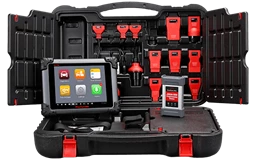
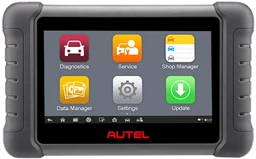

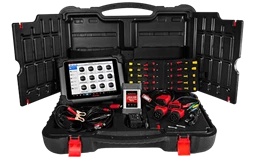
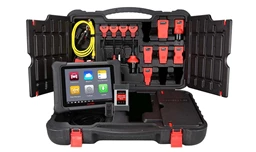
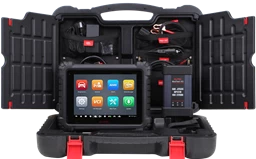
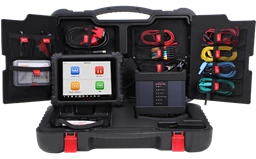
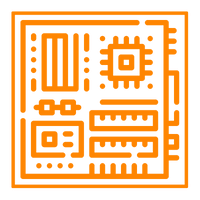

.webp?size=256)

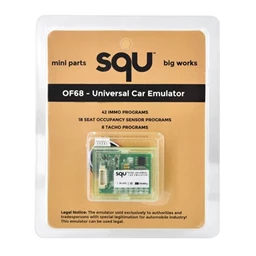
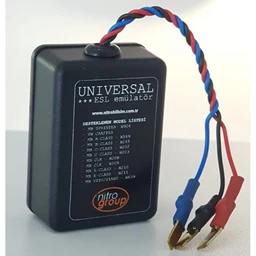

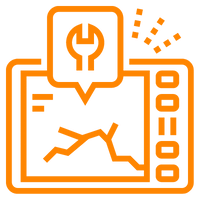

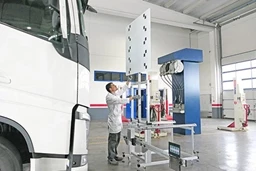
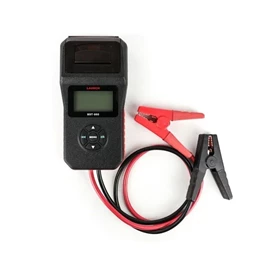
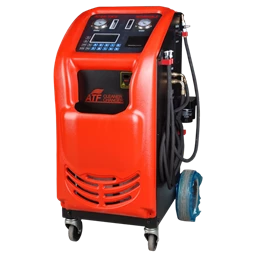

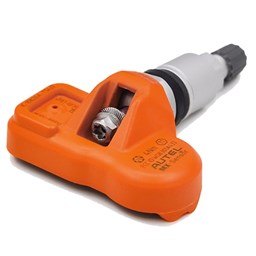
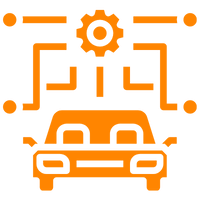
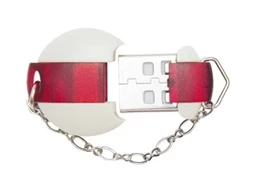


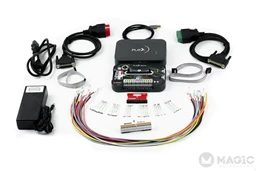
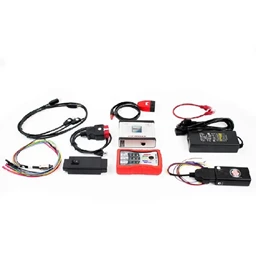
 Cihazı.webp?size=256)
